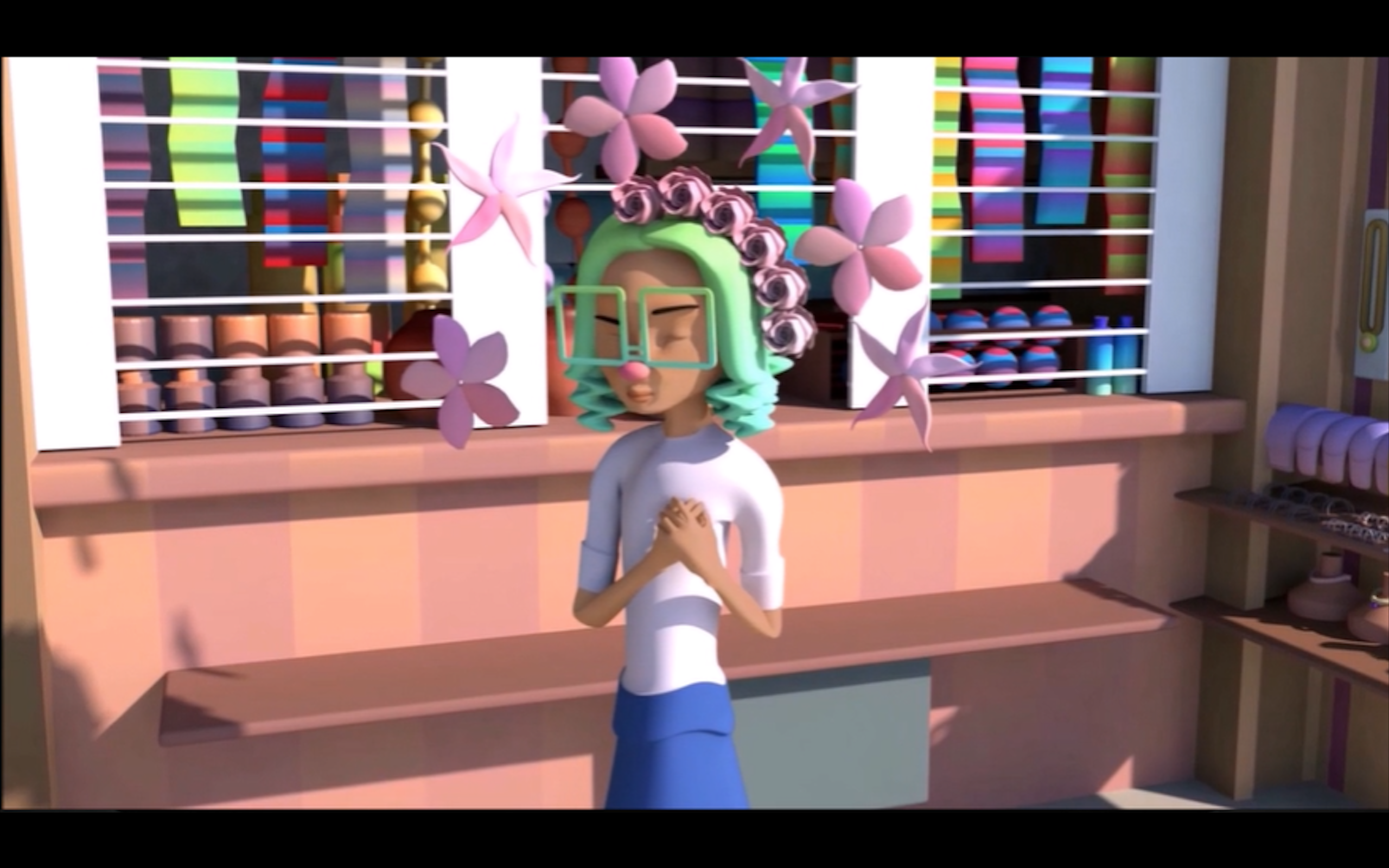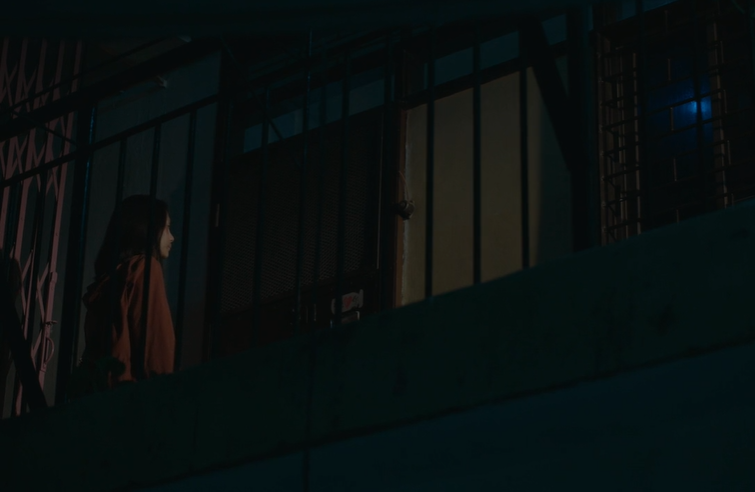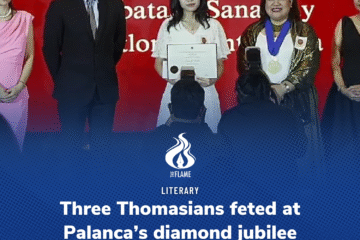By DAWN DANIELLE O. SOLANO
WOMEN EMPOWERMENT secures a woman’s right to have full control over her life. As the battle for gender sensitization continues, it is unfortunate that some women’s issues remain untouched. For this reason, Filipinos now take the opportunity to use the media in influencing and shaping the future of women in society. This year’s online edition of Pista ng Pelikulang Pilipino includes CineMarya, a women-centered collection of short films made to further female empowerment and gender sensitivity.
She’s Perfect
The 3D animated short film is about a girl named Mahalia, who desperately tries to cover up a hole on her chest. Directed by Jochelle Casilad, the light-hearted short-film teaches a lesson of self-acceptance. Its title, She’s Perfect, abridges the film’s lesson. That means being free from one’s insecurities, which are cultivated by society’s standards.
Furthermore, the short film also features the Filipino rural life in vibrant pastel colors. One would see Mahalia riding the jeepney as a means of transportation. In addition to that, the Filipino version of a convenience store, the sari-sari store, makes an appearance as well.
While She’s Perfect’s message could not have been any clearer, its 3D work could still be further refined. The film appears to have technical issues regarding its floaty animation, contributing to the film’s drawback. Nevertheless, She’s Perfect is a sign that Filipino animators are daringly taking the Philippine animation industry to new heights.

Adira
Similarly, the theme of freedom is expressed in director Jorzheema Hamid’s Adira. However, the short film takes ‘freedom’ in a different context. The story takes the viewers to the center of the culture of a Muslim ethnic group, the Tausugs. Adira reveals the cruel side of Tausug marriage practices when a sixteen-year-old, Adira, is forced by her parents to marry an older man. On the night of the wedding, she suffers at her new husband’s hands as he forcibly consummates their marriage. It is also the same night when she makes a run for freedom.
A symbolical image is also present in the film. In scenes where Adira has to implement her self-agency, a waterfall appears. Universally, waterfalls represent the constant change in the midst of permanence. This symbolism is reflected in Adira when, amid stability, transforms from being a child into a woman.
The director enriches the film’s artistic style by proving that minimal dialogue could develop Adira’s tragic story. Even with less conversation, the powerful message of freedom and compromise in Adira’s life speaks volumes.
Night Shift
Continuing with the issue of domestic abuse, director Mariel Ong’s short film Night Shift unmasks the trauma of a young woman who just ended an abusive relationship. During the first scenes, she is driving a drunk passenger, Leah, home. After she drops off the helpless woman at her booked destination, she follows the woman up to her apartment to ensure her safety. As soon as they reach it, she begins to hear familiar voices, sending her to a downward spiral of events.
The film takes a brave, creative choice by executing the story through a circular plot. Instead of giving an outright closure to the story, the film ends with the beginning. However, some may find this technique confusing, especially in the crucial scene when the women arrive at the apartment. A warning for prospective viewers, the short film includes sexual violence that may trigger traumatic experiences for some audience members.
In contrast to the stories of young women facing adversities, CineMarya also sets the stage for short films depicting maternal love.

Hakab
A documentary titled Hakab examines the repressed breastfeeding culture in the Philippines. Director Mel Aguilar-Maestro compiles narratives from experts and mothers and uses it to trace the stigmatized breastfeeding roots among Filipina mothers.
The film also includes a simple yet forthright exposé of how doctors, themselves, contribute to the repression of the Philippines’ healthy breastfeeding culture. In the form of a 17-minute documentary, Hakab encourages viewers’ active response by allowing them to see what they can actively do to solve this predicament.
In the technical aspects of the short documentary, they used simple camera work. Real footage of breastfeeding advocates’ assemblage fills the absence of special visual effects. However, the film’s uncomplicated execution gives way to its goal, and that is to educate.
Binakol sa Dahon
Returning to fictional tales of selfless motherhood, director Gary Tabanera draws on his character, Ester, the mother’s brave spirit in protecting her child. Binakol sa Dahon dramatizes a mother’s exasperation over society’s expectations.
Ester is accused of being the cause of her mother-in-law’s death. Her situation escalates when her own family disowns her, and her rural community targets her with their superstitious beliefs. As she and her child run away from the angry mob, they escape into the forest. Ester discovers the meaning of family and unleashes a power that she has kept for a long time. Although the revelation could have executed more precisely, it luckily fits the story’s ominous tone.
From the technical perspective, the film’s low lighting added to the eerie mood of the story. However, some scenes are seemingly darker than usual, making it difficult for the audience to see details in a set. Hence, the lighting inconsistency reduces the film’s visuality.
Noontime Drama
The bond between a mother and her child is unquestionable. This is demonstrated through directors Kim Timan and Sam Villa-Real’s Noontime Drama.
It starts with a seemingly normal scenario in Sonia’s kitchen. Sonia’s daughter, Leslie, comes in to help her mother cook their reunion lunch specialty, kare-kare. As the story builds, both women struggle to finish their tasks as Sonia starts to pick on her daughter’s gender identity.
Restrained feelings resurface as a noon-time radio drama plays in the background. The radio drama serves as a plot catalyst in the film as it allows Sonia to make unbridled backhanded comments toward her daughter’s ‘unladylike’ manners. Utilizing a kitchen’s space, Sonia and Leslie smoothly unfold their relationship’s complexity through their realistic dialogue.

While most films still use predictable and offensive female tropes and stereotypes, CineMarya challenges these cliches by redefining the Filipina for their audiences. Gone are the days when women would bind themselves to the conventions of her society. Films from the past reveal female characters as not as well-rounded as their male counterparts; she is either the ‘damsel in distress’ or the ‘vile femme fatale.’ Both tropes, however, limit her to be the male’s conquest.
The efforts of today’s Filipino filmmakers promote inclusivity by inspiring women of all ages to break the reins. This inspiration magnifies their inner strength, leading them to see that women are valued not because of their womanly parts but simply because they are human. F



